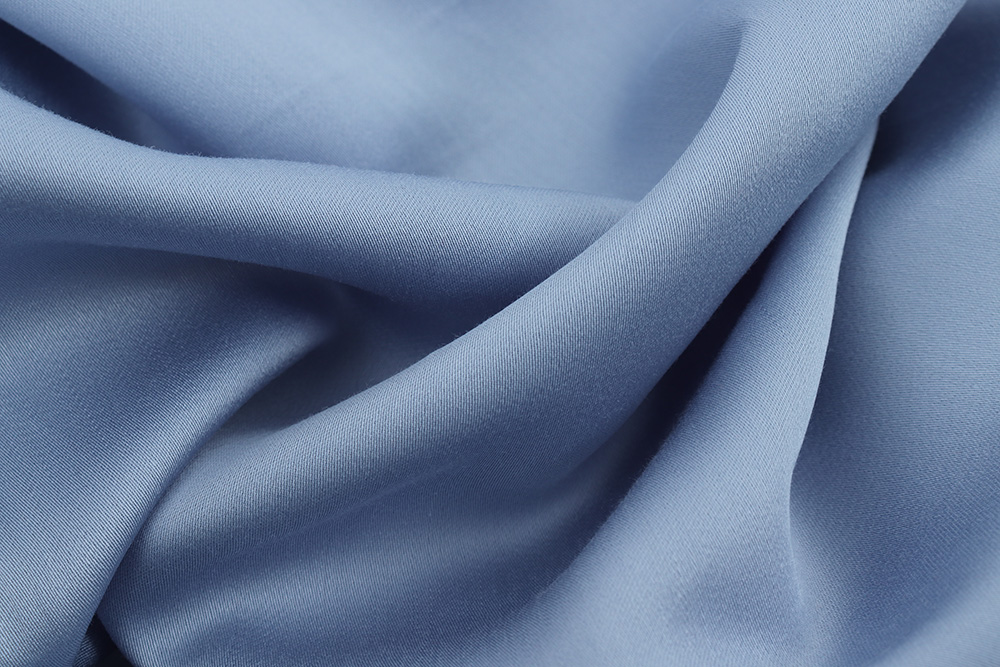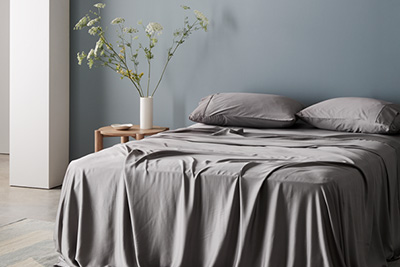NEWS CENTER
The company has been deeply involved in the home textile market for many years, integrating product production, research and development, and sales. Products always adhere to the principles of health, environmental protection, biodegradability, recycling, and fashion, and provide customers and consumers with a better and better experience.
04-08
02-21
bamboo lyocell Bedding four piece set
12-03
Let's get Tess straight for once
Previous page
1
2
…
6
Next page
PRODUCTS
NEWS CENTER
CONTACT US
15194222202(Manager Wu)
18653218557(Manager Qin)
Email: nitro@bamboolyocell.cn
Address: No. 80, Haier Road, Laoshan District, Qingdao

Official website QR code
Copyright © Qingdao Huayu Textile Co., Ltd. 鲁ICP备2021016377号 POWERED BY WWW.300.CN
Copyright © Qingdao Huayu Textile Co., Ltd.
鲁ICP备98654124号 POWERED BY WWW.300.CN



